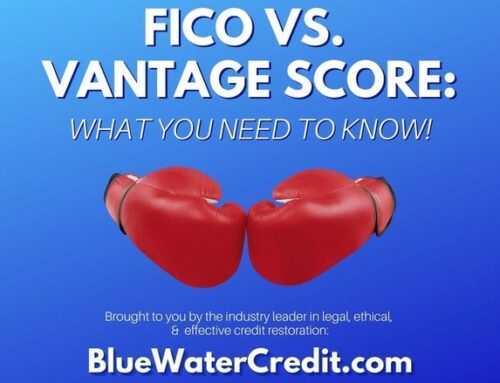
In fact, U.S. consumers lead the world in personal debt many times over, with a total debt load of $13.62 trillion these days between mortgages, auto loans, student loans, installment plans, and more. Yes, we’re indebted to those never-ending credit cards, too, with more than $1.021 trillion in credit card charges – the highest in history. Point blank; we’re buying more than ever not with cash, but with a future promise to pay. Our government, too, is no stranger to debt, as our national balance sheet is almost 20 trillion in the black. That’s $20,529,210,216,668.85 for those keeping track at home, or about $62,915 of federal debt for every person in the U.S. Oh, and that doesn’t even include state and local debt, agency debt, or future liabilities like paying social security and Medicare, etc.
Yeah, we like to charge it up.
That’s the exact reason financial gurus and educators are so adamant that you pay off all of your debt. In fact, Dave Ramsey, Suzie Orman, and other personal finance icons always talk first and foremost about saving that then paying off debt, freeing yourself to save, invest, buy a home, and live a more fruitful life.
But wait – is debt getting a bad rap? I mean, is all debt bad?
In fact, there is a big difference between different kinds of debt, and some debt can actually be beneficial or even necessary. It can serve as a springboard to opportunities, allowing you to leverage someone else’s money to obtain assets, and even help your credit when managed correctly.
The subtle difference can be defined by separating good debt and bad debt.
So what’s the difference?
Defining Good Debt
Good debt is used to obtain something that has the potential to increase in value. It can be an investment, an opportunity, or an asset that has at least the potential to go up in price or worth, benefiting the borrower. One other advantage of good debt is that it may have some tax advantages in certain situations. Basically, good debt can put you in a better financial situation and have the chance to grow an investment.
Defining Bad debt
When you buy something on your credit card at the mall, let’s say a shirt or a television, the very second the sale is complete and you take ownership, the value drops significantly. From there, it only keeps going down every day, as used products like this are always priced lower. However, you’re also paying more than the price you saw in the store due to the interest on the credit card or charge, creating a huge gap between value and price, and actually creating a net financial negative.
Here are examples of Good vs. Bad Debt:
Good debt:
Mortgage loans
Business loans
Student loans
Bad debt:
Credit cards
Store or retail cards
Auto loans
Payday loans
As you can see, good debt offers some advantage for you to build wealth. The house you buy with a mortgage loan can go up in value and can be potentially resold for more than you paid for it. Likewise, a student loan is good debt because it allows you to earn a degree that’s essential for getting a job and starting a well-paid career. But when you use a loan to purchase a new car, for instance, the asset you obtained goes down in value about 20 percent the moment you drive it off the lot and will keep sinking from there.
But there are also subtle gradations within this broad definition of good debt vs. bad debt. For instance, a subprime mortgage with a ridiculously high-interest rate may be setting you up to fail, and shouldn’t be considered “good.” The opposite also may hold true in certain situations, as an American Express card, for instance, may be considered good debt since the borrower needs to pay it off every month.
The credit bureaus also weight these factors in their algorithms to determine your credit score. In fact, about 10% of your score is calculated based on the type or mix of credit you’re taking out.
Go down the list of your credit accounts and give an honest assessment if it’s good or bad debt, and then focus on paying down – and off – the bad debts on your credit.





